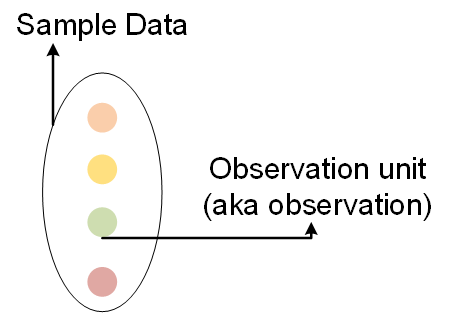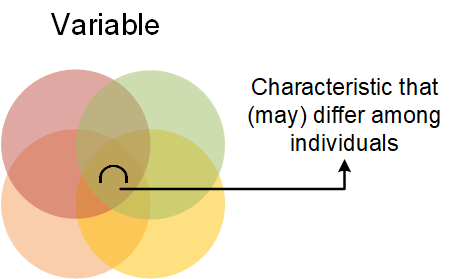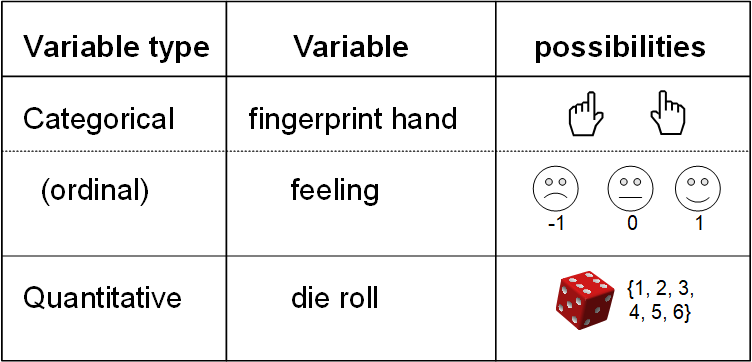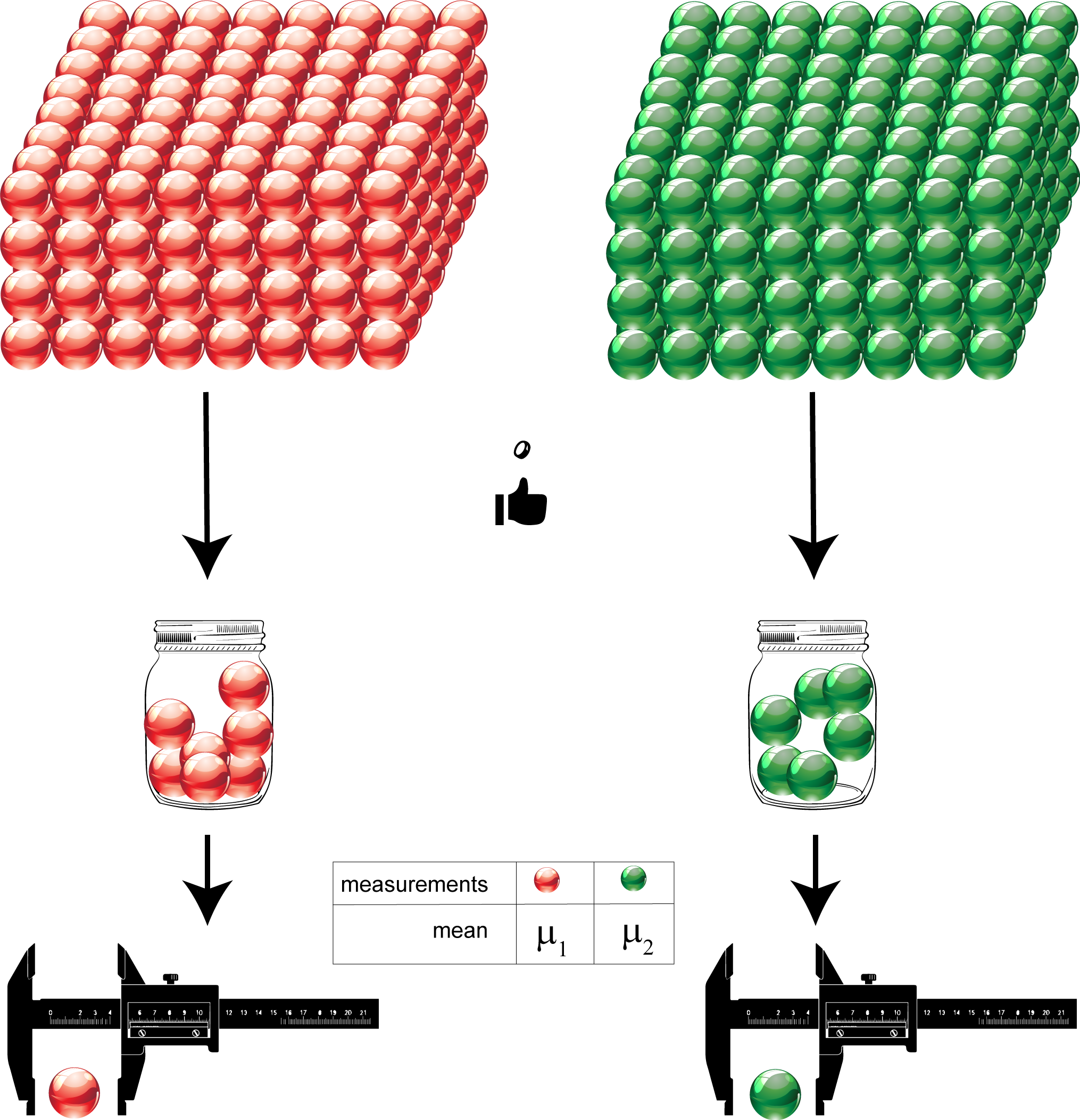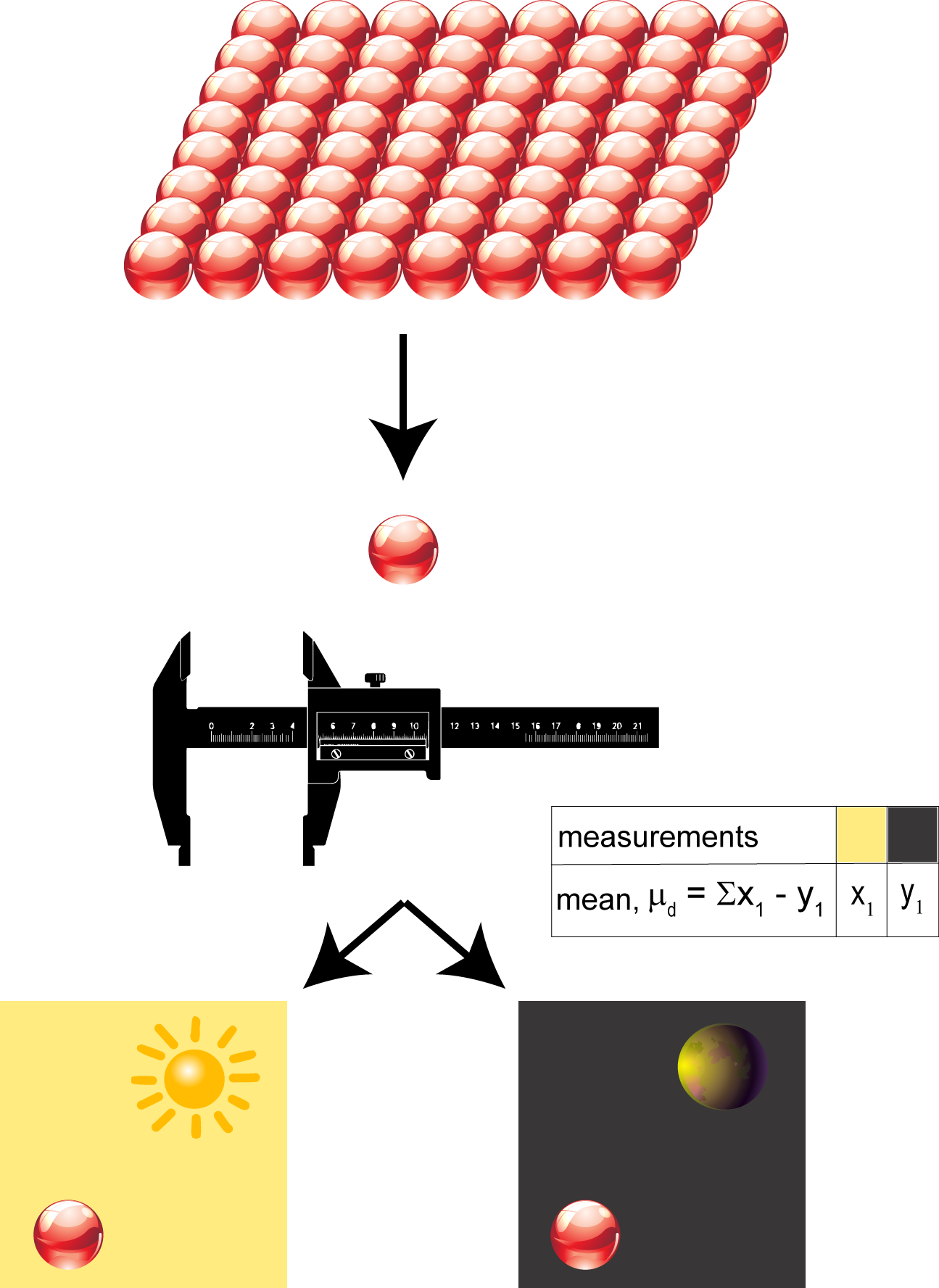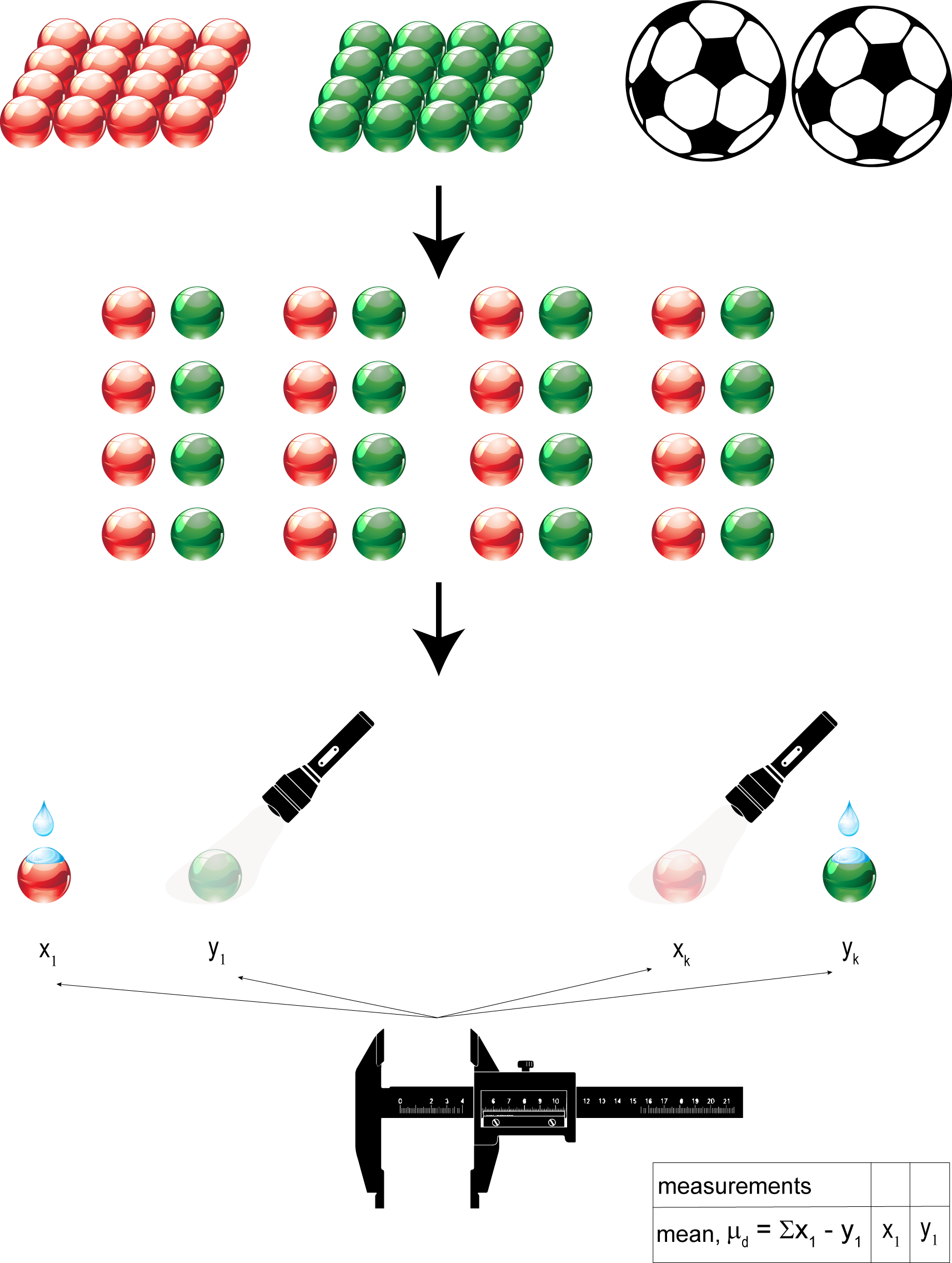Potential statistical scenarios:
Sampling distribution of the statistic that estimates the parameter.Confidence interval prodecure to estimate the parameter to within an interval of possibilities.- Hypothesis test procedure to test whether the parameter equals a specified value.
For clarity below are some of the definitions the statistics in CerebUnit is based upon.

